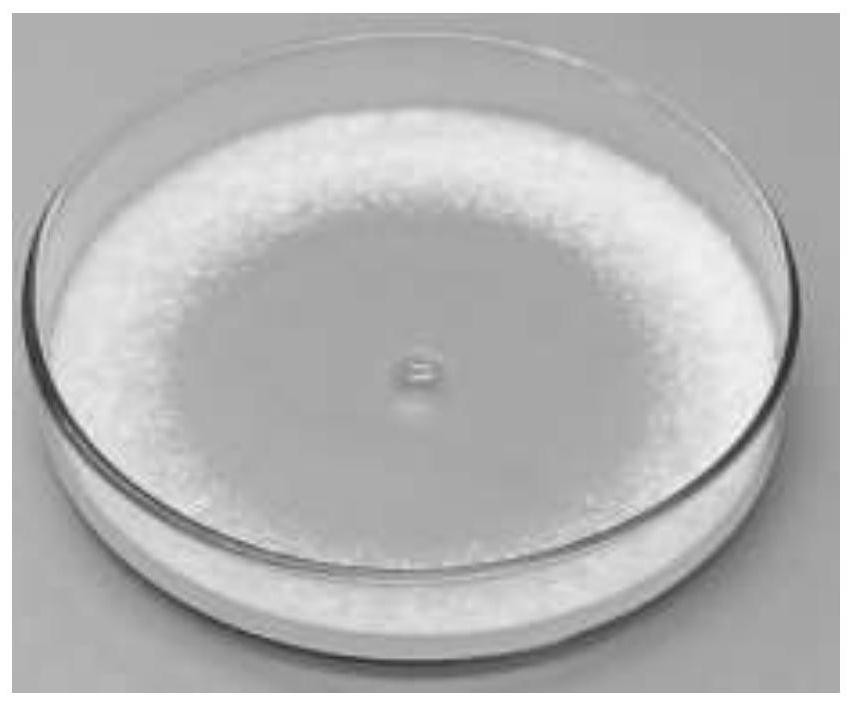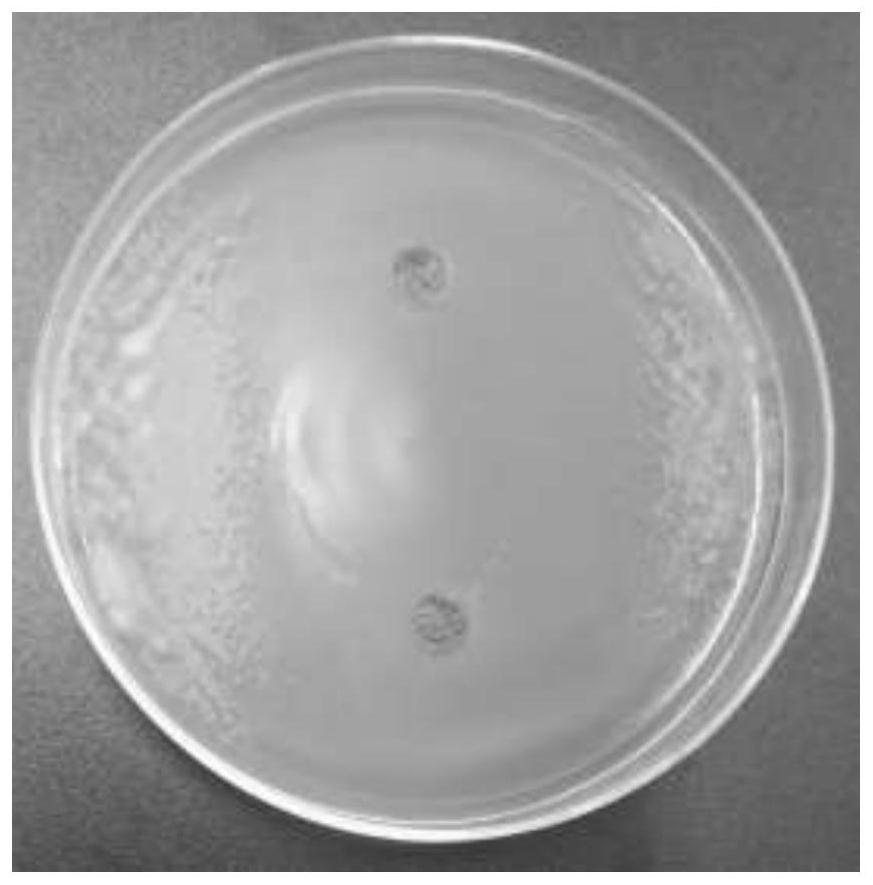The application of plant essential oils to inhibit mold in the air in museums
A plant essential oil, museum technology, applied in chemicals, applications, plant growth regulators and other directions for biological control, can solve the problems of few preventive research, no reports of fungal activity, etc., to achieve good application potential, Strong antibacterial activity and broad antibacterial spectrum
- Summary
- Abstract
- Description
- Claims
- Application Information
AI Technical Summary
Problems solved by technology
Method used
Image
Examples
Embodiment 1
[0070] This embodiment is the application of the oregano essential oil in the described plant essential oils in inhibiting Penicillium oxalicum, Penicillium hockii and Aspergillus aculeatus for bacteriostasis, and the specific operation steps and control technical conditions are:
[0071] The plant essential oils described in this example include oregano essential oil, cinnamon essential oil and clove essential oil, all of which are commercially available. The plant essential oils are determined by gas chromatography-mass spectrometry, and each essential oil contains the following relative percentages of compounds: cinnamon Essential oil contains 70-85% cinnamaldehyde, 2-10% cinnamyl acetate, 2-7% coumarin, 1-5% benzaldehyde; oregano essential oil contains 50-60% carvacrol, 5-25% 5-methyl-2,4-diisopropylphenol, 1.5-10% thymol, 1-10% 3-methyl-4-isopropylphenol; clove essential oil contains 60-75% eugenol, 15-25 % caryophyllene, 1-5% humulene, 0.1-5% caryophyllene alcohol.
[0...
Embodiment 2
[0082] This embodiment is the application of cinnamon essential oil in the plant essential oils in inhibiting Penicillium oxalicum, Penicillium hockii and Aspergillus aculeatus, the specific operation steps and control technical conditions are: other conditions are the same as in Example 1 .
[0083] (1) Take a plate of freshly cultured Penicillium huckerii, gently wash the spores on the surface of the colony with sterile deionized water repeatedly, and place it in a 200r / min, 28°C constant temperature shaker for 30min to fully shake, and then use Hemocytometer for counting, and finally dilute the spore suspension to 10 5 ~10 6 CFU / mL, stored in a refrigerator at 4°C for no more than 7 days, for later use;
[0084] (2) Add 10 mL of spore suspension to 500 mL of the potato dextrose medium that has been cooled to 50° C., mix quickly, then pour into a sterile plate, and wait to stand still to solidify horizontally;
[0085] (3) Punch holes on the test plate with a sterilized h...
Embodiment 3
[0090] This embodiment is the application of clove essential oil in the described plant essential oils in inhibiting Penicillium oxalicum, Penicillium hockii and Aspergillus aculeatus, the specific operation steps and control technical conditions are: other conditions are the same as in Example 1 .
[0091] (1) Take a plate of freshly cultured Penicillium huckerii, gently wash the spores on the surface of the colony with sterile deionized water repeatedly, and place it in a 200r / min, 28°C constant temperature shaker for 30min to fully shake, and then use Hemocytometer for counting, and finally dilute the spore suspension to 10 5 ~10 6 CFU / mL, stored in a refrigerator at 4°C for no more than 7 days, for later use;
[0092] (2) Add 10 mL of spore suspension to 500 mL of the potato dextrose medium that has been cooled to 50° C., mix quickly, then pour into a sterile plate, and wait to stand still to solidify horizontally;
[0093] (3) Punch holes on the test plate with a steri...
PUM
 Login to View More
Login to View More Abstract
Description
Claims
Application Information
 Login to View More
Login to View More - R&D
- Intellectual Property
- Life Sciences
- Materials
- Tech Scout
- Unparalleled Data Quality
- Higher Quality Content
- 60% Fewer Hallucinations
Browse by: Latest US Patents, China's latest patents, Technical Efficacy Thesaurus, Application Domain, Technology Topic, Popular Technical Reports.
© 2025 PatSnap. All rights reserved.Legal|Privacy policy|Modern Slavery Act Transparency Statement|Sitemap|About US| Contact US: help@patsnap.com



